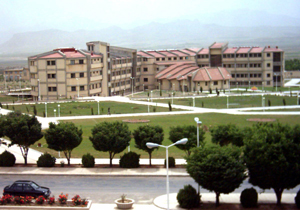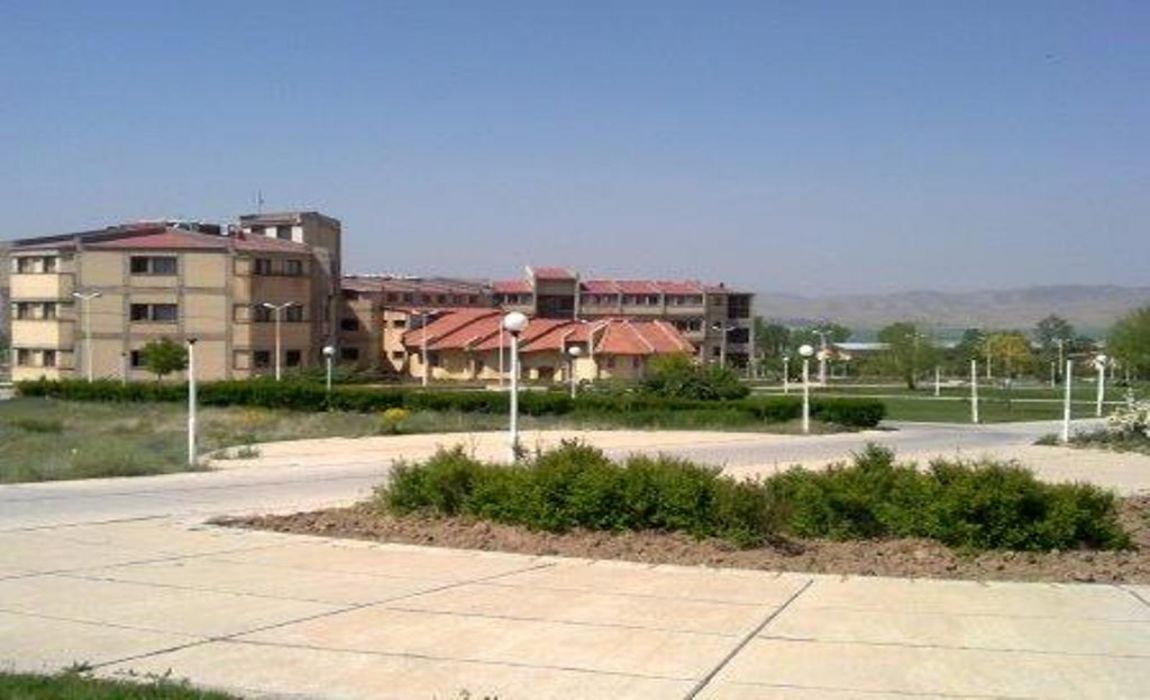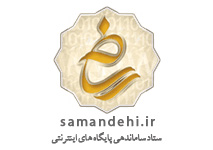ده کشور برتر در حوزه آموزش و مهارت بر اساس گزارش سرمایه انسانی ۲۰۱۷
Alex Gray/ https://www.weforum.org/These are the 10 best countries for skills and education
What’s the single most important thing driving the world’s economies? It isn’t multinational corporations, infrastructure or technology, it’s the education and the skills we all have as individuals.
It may be known by the anonymous-sounding term ‘human capital’, but it is about teaching, learning and training; it’s about investing in people. And how we do it is a key factor in ensuring economic growth in the future.
So who is doing it well? With only 62% of the world’s human capital stock fully developed, the United States and Germany are among the best-performing nations in a top 10 dominated by smaller European countries.
According to the newly released Human Capital Report 2017, Norway has been ranked the best-performing country in the world when it comes to the training and education of its population.
Northern European countries lead the way when it comes to making the most of the skills of their people, and giving them the best educational opportunities.
Finland is in 2nd place, Switzerland is in 3rd place, and Denmark and Sweden are in 5th and 8th place respectively.

The Human Capital Index ranks 130 countries on how well they are developing their human capital on a scale from 0 (worst) to 100 (best) across four sub-indexes – capacity, deployment, development and know-how.
The top ten

Norway performs well on all the sub-indexes, ranking first in the world for the availability of skilled employees. It also does well on the Deployment pillar (the active participation of the population in the country’s workforce) thanks to its low unemployment rate.
Finland takes the top spot on the Development pillar (efforts to educate, skill and upskill the student body and the working age population) due to the quality of its primary schools and overall education system.
The country scores highly on the Capacity pillar (how well educated its people are through the generations) and Know-how pillar (the breadth of skills use at work). Finland’s older generations possess some of the world’s highest attainment rates of tertiary education, and almost half of the country’s workforce is employed in high-skilled occupations.
That said, the country has its challenges in ‘Deployment’ – its youth unemployment rate is over 20%.
Switzerland, in 3rd place, also has a very high quality education system, including staff training, as well as a strong rate of vocational training. It also ranks first overall on the Know-how pillar, with a very high share of skill-intensive employment and economic complexity.
Denmark, in 5th place, and Sweden, in 8th place, share Norway’s strong performance across all the sub-indexes, though the quality of their education systems is lower.
Larger economies also feature in the top ten, with the US – the highest-ranked country outside of Western Europe – in 4th place, and Germany in 6th place.
The US has the advantage of a high rate of enrolment in tertiary education and skills diversity. As a result, it scores strongly on the Development pillar.
The US is more of a mixed bag in the Deployment pillar though, as the country’s low unemployment rates are set against relatively high levels of inactivity among its core working age population.
Germany, in sixth place, is strongest in the Know-how pillar. The country has highly educated older generations.
New Zealand, in 7th place, and Slovenia in 9th place, are the highest-ranked countries from the East Asia and the Pacific, and Eastern Europe and Central Asia regions, respectively. New Zealand scores highly on the quality of its education system, while Slovenia performs well on the Capacity pillar, with highly educated older generations.
Austria is in tenth place, with a well-established vocational training system and a high skill diversity its graduates.
Four countries from the East Asia and the Pacific region, three countries from the Eastern Europe and Central Asia region, and one country from the Middle East and North Africa region are also ranked in the Index top twenty.
Not doing enough
The top three countries are are unique in the Index in having passed the threshold of developing more than 75% of their human capital.
However, the report warns that countries could do more to nurture and fully develop their populations’ skills. On average, only 62% of global talent is being fully utilized.
There are only 25 nations that have tapped 70% or more of their human capital, while 14 are leveraging less than half of their potential skills.
“Education and employment contribute to economic development and positive social and political outcomes,” concludes the report. “Human capital is a key factor for growth, development and competitiveness.”






